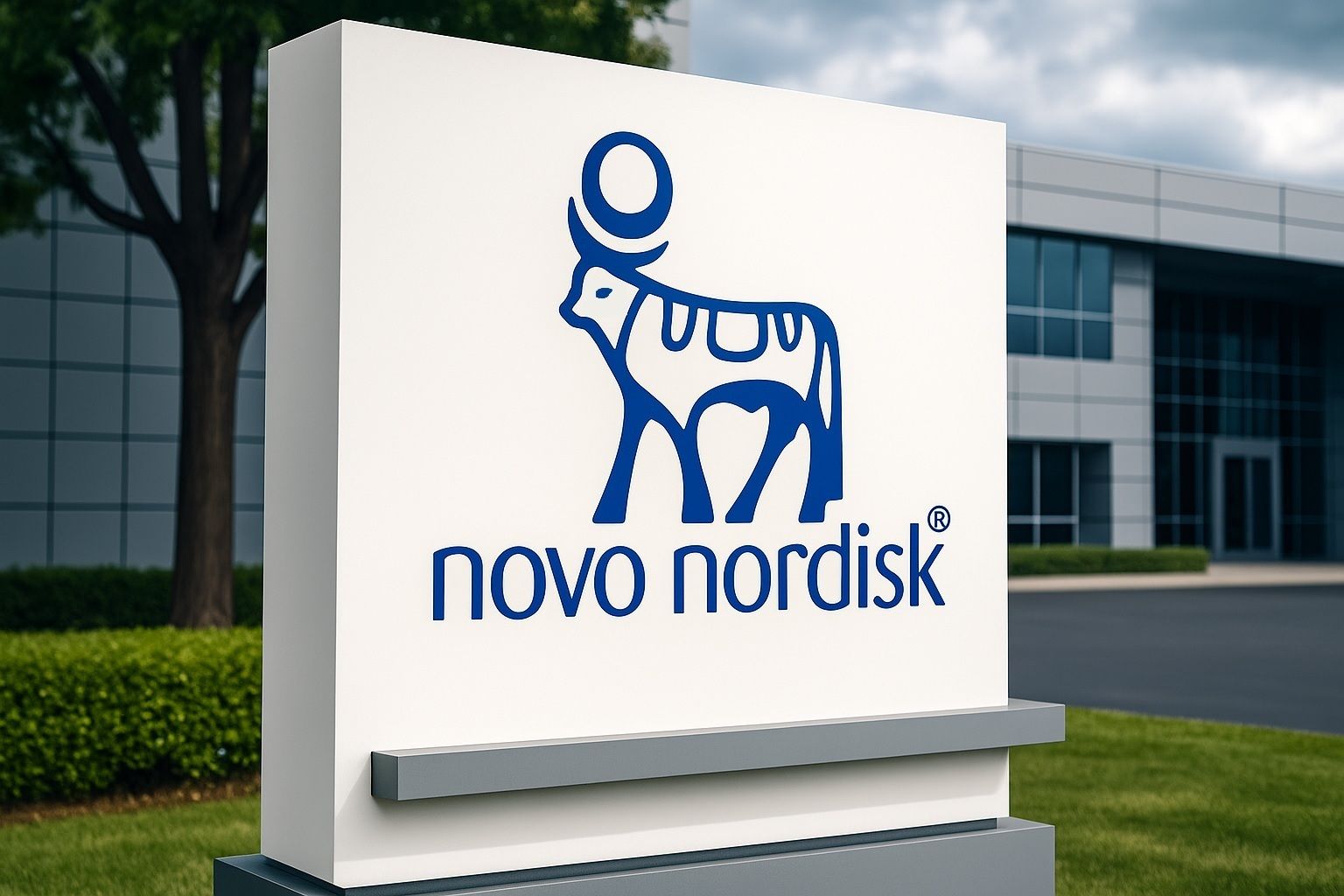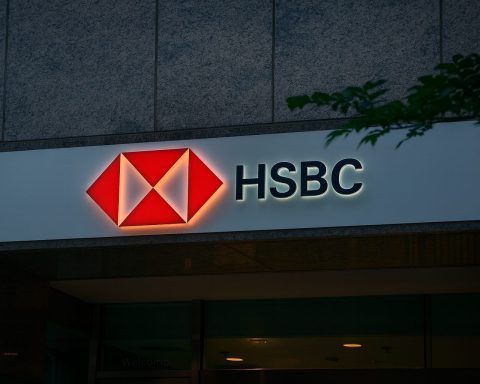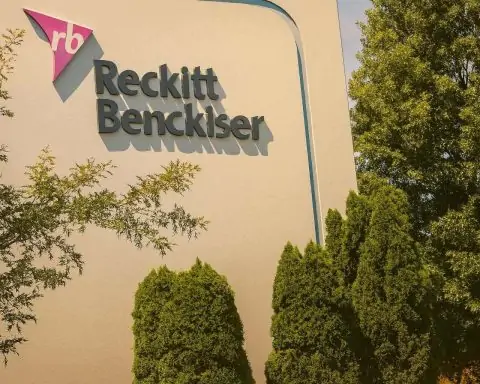Date: Thursday, November 6, 2025
Ticker: NVO (NYSE)
At a glance: price action and catalysts
Novo Nordisk stock traded around $47.36 as of 17:52 UTC, after opening at $47.75 and moving between $46.91–$49.49 on heavy volume. The tape is being driven by two big headlines: (1) a White House pricing agreement that expands access to GLP‑1 drugs across Medicare/Medicaid and a new direct‑to‑consumer channel, and (2) a $10 billion bidding battle with Pfizer for obesity‑drug startup Metsera.
What changed today
1) White House pricing deal lowers GLP‑1 costs and expands coverage
The administration announced a deal with Novo Nordisk and Eli Lilly to cut U.S. prices for GLP‑1 weight‑loss therapies and broaden access in government programs. Under the framework, injectable GLP‑1s for covered conditions would be offered to Medicare/Medicaid patients at $245/month, while starter doses of future weight‑loss pills (if approved) are targeted at $149/month. Medicare co‑pays are slated to be capped at $50, with prices available to cash payers via a TrumpRx.gov direct channel that aims to trend average prices toward $245 over two years. Implementation begins as early as January (cash channel), mid‑2026 (Medicare), and on a rolling basis for Medicaid as states opt in. [1]
Novo confirmed the agreement in its own release, noting a pilot to enable Medicare Part D coverage for anti‑obesity medicines in 2026, lower prices for semaglutide across Medicare/Medicaid and the cash channel, and an estimated low single‑digit negative impact on global sales growth in 2026. The company also disclosed a three‑year U.S. tariff exemption tied to the deal. [2]
Why it matters for NVO: The trade‑off is lower net pricing in exchange for meaningfully larger addressable volume as federal coverage opens up for obesity treatment and related cardiometabolic conditions. The deal also dovetails with yesterday’s separate Medicare IRA price negotiation for semaglutide (effective 2027), which analysts described as less onerous than feared. [3]
2) $10B Metsera bidding war intensifies
On the M&A front, Novo and Pfizer are raising rival bids for U.S. obesity biotech Metsera, with Novo’s latest offer reportedly matching or topping Pfizer’s and sending Metsera shares higher. The contest underscores pharma’s race for next‑gen GLP‑1 and combo assets and comes amid regulatory scrutiny of deal structures. [4]
Stock performance today
- Last trade: $47.36
- Intraday range: $46.91–$49.49
- Open: $47.75
- Volume: 29,361,040 (intraday)
Price information reflects U.S. trading in the NVO ADR.
Context: In pre‑market action, NVO changed hands near $47.93 on elevated activity ahead of the announcement flow. [5]
Earnings & outlook context investors are weighing
Novo’s Q3/9‑month 2025 update (released Nov 5) showed net sales up 12% in Danish kroner (15% at CER) and operating profit up 5% (10% at CER) after approximately DKK 9 billion in one‑time restructuring costs. Management narrowed 2025 guidance to 8–11% sales growth (CER) and 4–7% operating‑profit growth (CER), citing more conservative GLP‑1 growth assumptions as the obesity market evolves. [6]
Separately, Novo said the negotiated Medicare price for semaglutide (as required under the Inflation Reduction Act) takes effect in 2027; had it applied this year, the company estimated only a “low‑single‑digit” sales impact—a view that helped temper investor concerns. [7]
How today’s news fits the competitive picture
- Coverage expansion vs. pricing: The White House deal increases eligibility and affordability—especially for seniors and low‑income patients—potentially accelerating script growth even as unit economics compress. Analysts note Lilly could benefit disproportionately from a $150 cap on future oral GLP‑1 pills if oral adoption proves fast, but Novo is also racing toward an oral semaglutide approval. [8]
- Oral GLP‑1 momentum: Data presented this week continue to build the case for oral semaglutide 25 mg (“Wegovy in a pill”), which has shown ~16.6% average weight loss in clinical research and cardiometabolic improvements—useful context as the FDA decision window approaches. [9]
- Pipeline and portfolio: Beyond semaglutide, Novo is pursuing cagrilintide (phase 3) and other cardiometabolic assets, while the Metsera battle signals appetite for next‑generation mechanisms to shore up its leadership against Lilly. [10]
What to watch next
- Implementation milestones for the U.S. pricing/coverage deal: cash‑payer channel in early 2026, Medicare pilot in 2026, and Medicaid uptake state‑by‑state. Monitor for formal guidance updates on the net‑pricing/volume trade‑off. [11]
- FDA decision timing for oral semaglutide (late‑2025 window) and the commercial ramp‑up strategy if approved. [12]
- Metsera outcome and any FTC feedback, given regulators’ attention to obesity‑market consolidation. [13]
- Management color from today’s London investor call replay and any follow‑on disclosures tied to restructuring and supply. [14]
Bottom line for Nov 6, 2025
For NVO, today is about policy‑driven access and pipeline/M&A positioning. The White House deal should broaden the funnel for GLP‑1s in the U.S. while chipping at pricing; Novo’s guidance reset and pipeline moves suggest a strategy to grow volume, defend share, and expand modalities (injectable → oral). Near‑term trading is likely to track updates on coverage timelines, the Metsera verdict, and FDA decisions that could reshape the competitive balance in obesity care. [15]
Disclosure: This article is for informational purposes only and does not constitute investment advice. Always conduct your own research or consult a licensed financial adviser before making trading or investment decisions.
References
1. www.reuters.com, 2. www.globenewswire.com, 3. www.reuters.com, 4. www.reuters.com, 5. www.nasdaq.com, 6. www.globenewswire.com, 7. www.reuters.com, 8. www.reuters.com, 9. www.reuters.com, 10. www.globenewswire.com, 11. www.globenewswire.com, 12. www.reuters.com, 13. www.reuters.com, 14. www.novonordisk.com, 15. www.reuters.com







